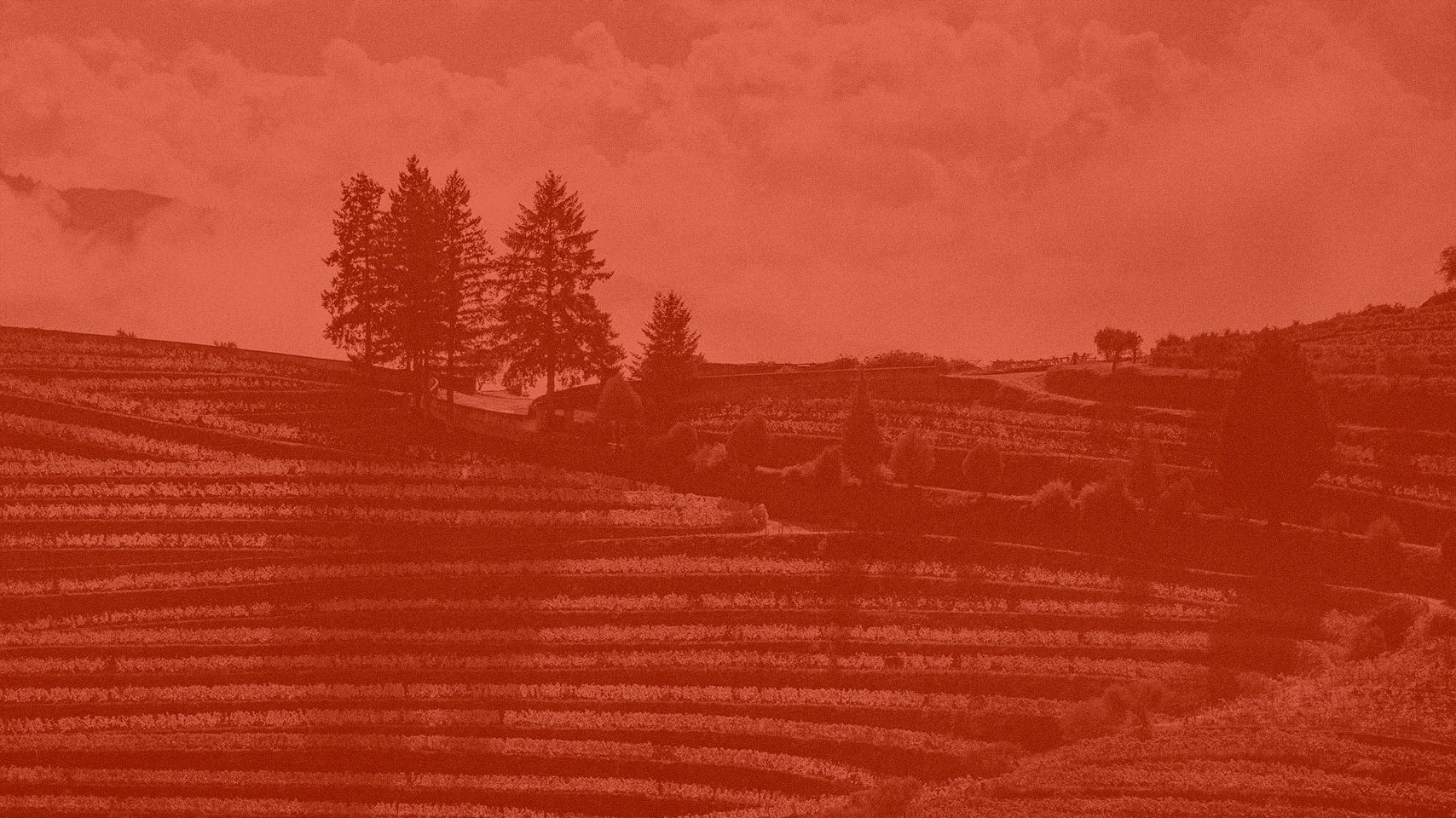
Lbv - Late bottled Vintage portwine
Available in both Filtered and Unfiltered, Late Bottled Vintage Port’s are considered amongst the best Value-for-money Port Wines.
🍷 Late Bottled Vintage Port: The Best of Both Worlds
Late Bottled Vintage Port — or LBV — is the perfect middle ground between the youthful vibrancy of Ruby Port and the complexity of Vintage Port. Crafted from a single harvest but aged longer before bottling, LBV offers richness, depth, and approachability at a more accessible price point.
And within this category, there’s a subtle but important split: Filtered vs. Unfiltered LBV. Each has its own charm — and knowing the difference helps you choose the bottle that matches your taste and intentions.
📜 What Is Late Bottled Vintage Port?
LBV was introduced in the 1960s as an answer to a common dilemma: many Port lovers wanted the quality of Vintage Port without the wait or premium price tag. LBV solved that by aging longer in wooden vats (typically 4–6 years) before bottling.
This extra time in cask softens the tannins and helps develop a fuller, smoother profile — so that when it’s finally bottled, it’s ready to drink.
🔗 Learn more about Vintage Port vs. LBV
🧪 Filtered LBV: Smooth, Stable, Ready to Pour
Filtered LBV is the most widely available style. After aging in wood, it’s fined and filtered to remove sediment before bottling. This makes the wine:
Stable in bottle (no further aging needed)
Sediment-free, meaning no decanting required
Smooth and fruit-forward, with rich dark berry flavors, a soft mouthfeel, and hints of spice or chocolate
Filtered LBVs typically come with a T-style stopper cork and are perfect for casual sipping or gifting.
🧊 Once opened, filtered LBV keeps well for 2–3 weeks if stored upright and sealed.
🔗 How to Store Port Wine
🕯️ Unfiltered LBV: For the Curious Collector
Unfiltered LBV Port is less common, but a favorite among serious Port drinkers. It is bottled without filtration, which means it retains:
Natural sediment (like Vintage Port)
Potential for bottle aging — over 5 to 10+ years
Greater structure and complexity over time
Unfiltered LBVs usually have a driven cork and must be decanted before serving. While enjoyable when young, they can evolve beautifully in bottle, revealing layers of spice, dried fruit, and earthy depth.
➡️ Ideal for those who enjoy the ritual of wine and are curious to see how a wine matures.
🍽️ Food Pairing & Serving Tips
Whether filtered or unfiltered, LBV pairs wonderfully with:
Aged cheeses (especially Stilton or São Jorge)
Dark chocolate and chocolate-based desserts
Roasted nuts and dried fruit
Slow-cooked meats and winter stews
Serve LBV slightly below room temperature (around 16–18°C) in a generous wine glass to release its full aromatic profile.
🧾 Which LBV Is Right for You?
You want...Go for...Easy sipping, no decantingFiltered LBVWine you can age & decant like VintageUnfiltered LBVA gift-friendly Port with broad appealFiltered LBVComplex evolution & structureUnfiltered LBV
✨ Final Thoughts
Late Bottled Vintage Port is a gateway to the elegance of single-year Port without the formality of Vintage. Whether you prefer the polish of filtered LBV or the evolving mystery of unfiltered LBV, both deliver serious depth and value — and each reflects the soul of a single Douro harvest.
🔗 Explore More Port Styles
🔗 Port Wine Cocktails
-
The color of the LBV wines are always ruby like.
-
Well known for it’s young but full bodied flavor. This Portwine is easily recognized by it’s black fruits and red fruits notes
-
This wines is made
-
LBV’s are perfect for chocolate deserts and pastries.
-
19-21%
-
As LBV’s don’t have the ability to grow in complexity or style, we recommend to store LBV’s in a dark and cold place, up to max 12 degrees. After opening an LBV is good for another 2 max 3 weeks.














